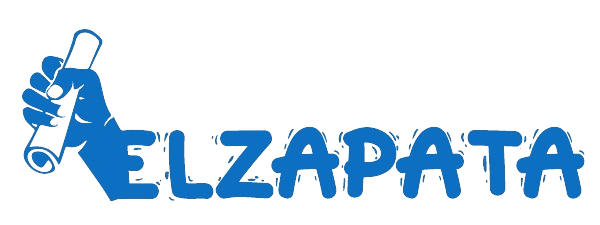Rejuvenate, Restore, Revive – A Roadmap to Wellness Through Physiotherapy Services
In the fast-paced world we inhabit, where the demands of modern life can take a toll on the bodies, prioritizing the well-being has never been more crucial. Amidst the plethora of wellness options available, one avenue that stands out for its holistic approach is physiotherapy. Rejuvenating, restoring, and reviving, physiotherapy services offer a comprehensive roadmap to overall wellness. Physiotherapy is not just about addressing injuries it is a dynamic field that focuses on optimizing the body’s movement and function. Whether you are recovering from an injury, seeking to enhance your physical well-being, physiotherapy is a versatile and effective solution. The first step on this wellness journey is rejuvenation. Physiotherapy sessions often begin with a thorough assessment by skilled professionals who evaluate your current physical state, identifying areas of concern and potential improvement. This personalized approach ensures that the treatment plan is tailored to your unique needs, setting the stage for a rejuvenated body and mind. The restoration phase is where the magic of physiotherapy truly shines.

With a combination of targeted exercises, manual therapy, and state-of-the-art techniques, physiotherapists work collaboratively with patients to restore optimal function. Whether it is recovering from a sports injury, managing chronic pain, or regaining mobility after surgery, physiotherapy is designed to address the root causes of physical limitations, fostering a gradual and sustainable recovery. As the body begins to heal and regain strength, the revival phase takes center stage. Physiotherapy extends beyond mere rehabilitation it actively promotes the revival of a person’s overall well-being. Through progressive exercises and education, individuals learn to adopt healthier lifestyle habits, preventing the recurrence of issues and empowering them to take charge of their long-term health. Moreover, the holistic nature of physiotherapy encompasses mental and emotional well-being. Chronic pain or physical limitations can often take a toll on one’s mental health. Physiotherapists, recognizing the interconnectedness of the mind and body, incorporate strategies to alleviate stress, anxiety, and depression. This integrative approach contributes to a comprehensive revival, fostering a sense of balance and harmony within oneself.
Moreover, physiotherapy plays a crucial role in managing chronic conditions such as back pain, arthritis, and neurological disorders. In addition to its rehabilitative and preventive aspects, physiotherapy serves as a proactive measure for overall wellness. Regular physiotherapy sessions can help identify and address potential issues before they escalate, promoting longevity and quality of life. By incorporating tailored exercises, ergonomic guidance, and lifestyle modifications, individuals can enhance their physical resilience, ensuring a more active and fulfilling life. The journey to wellness through physiotherapy is a three-fold process rejuvenate, restore, and revive. This comprehensive approach, guided by skilled professionals, ensures that individuals not only recover from injuries but also actively participate in their overall well-being. Physiotherapy is more than a treatment it is a roadmap to a healthier, more vibrant life. Embrace the transformative power of physiotherapy services and embark on a journey towards rejuvenation, restoration, and revival.

